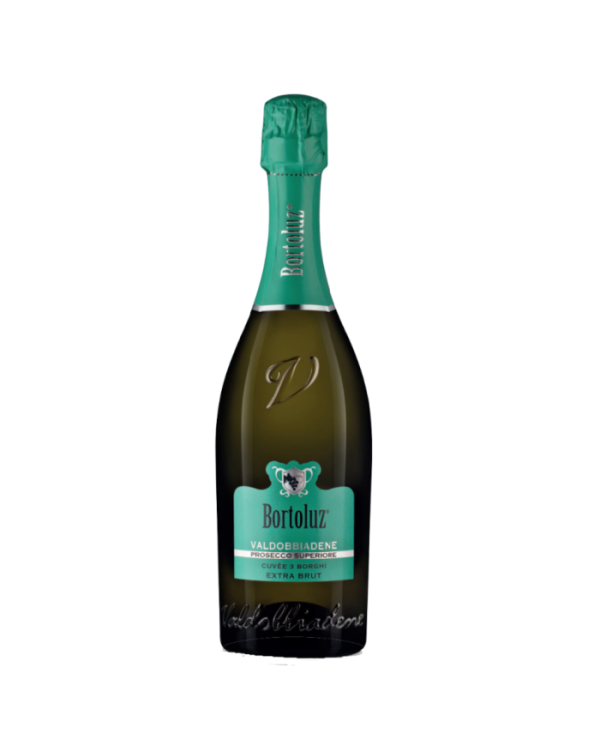Complete Guide to Valdobbiadene Prosecco Superiore DOCG: History, Characteristics, and Tasting Tips
Welcome to this exclusive journey through the history, production, and unique characteristics of the Denomination Valdobbiadene Prosecco Superiore, one of the most appreciated sparkling wines in Italy and the world.
The History of Prosecco
Origin of Prosecco
Prosecco has ancient origins, dating back to Roman times. Its name comes from the Slovenian village of Prosek, near Trieste, known for the production of white wines since the 1300s.
The First Producers
In the 19th century, Antonio Carpene was one of the first producers to use the Charmat method to produce Prosecco as we know it today.
Denomination Valdobbiadene Prosecco Superiore
Definition
The Denomination Valdobbiadene Prosecco Superiore is a DOCG (Denomination of Controlled and Guaranteed Origin) that indicates wines produced in a specific production area located between Conegliano and Valdobbiadene, in the heart of the Venetian hills.
Production Method
The Charmat Method
The Charmat or Martinotti method involves a second fermentation in stainless steel autoclaves for foaming. It is the most used method for the production of Prosecco.
Foaming
During foaming, the wine is mixed with yeasts and sugars and left to ferment in closed autoclaves for a period from one to three months.
Maturation
After fermentation, the wine matures for a variable period of time before being filtered and bottled.
The Classic Method
Some producers also use the classic method, with a second fermentation in the bottle, similar to that used for Champagne.
Wine Characteristics
Taste
The Valdobbiadene Prosecco Superiore has a delicate, fruity taste, with notes of green apple, pear, white peach, citrus and acacia flowers.
Color
The color is light straw, with greenish reflections and persistent foam.
Fragrance
The scent is characteristic, with notes of white fruit, flowers and a light yeast feel.
Food-Wine Pairings
Classic Pairings
Prosecco Superiore is perfect for accompanying appetizers, seafood, sushi, seafood and fresh cheeses.
Creative Pairings
Why not try it with a tuna carpaccio or mushroom risotto?
Preservation and Service
Service Temperature
Prosecco Superiore should be served cold, at a temperature between 6 and 8 degrees.
Preservation
After opening, Prosecco Superiore can be kept in the refrigerator for 1-2 days with a pressure cap.
The Denomination Valdobbiadene Prosecco Superiore represents the excellence of Italian Prosecco, thanks to its unique characteristics, its careful production, and its versatility in pairing with food. What are you waiting for? Discover the charm and elegance of this sparkling wine and let yourself be transported to the heart of the Venetian hills.
Frequently Asked Questions
What does DOCG mean?
DOCG stands for Denomination of Controlled and Guaranteed Origin, the highest level of quality for Italian wines.
What are the differences between Prosecco DOC and Prosecco Superiore DOCG?
Prosecco DOC can be produced in a much wider area than Prosecco Superiore DOCG, which is only produced in the hills between Conegliano and Valdobbiadene.
Can I pair Prosecco Superiore with meat?
Yes, Prosecco Superiore can be paired with white meats or seafood.
What temperature should I serve Prosecco Superiore at?
Prosecco Superiore should be served cold, at a temperature between 6 and 8 degrees.
How long can I keep Prosecco Superiore after opening?
After opening, Prosecco Superiore can be kept in the refrigerator for 1-2 days with a pressure cap.



















